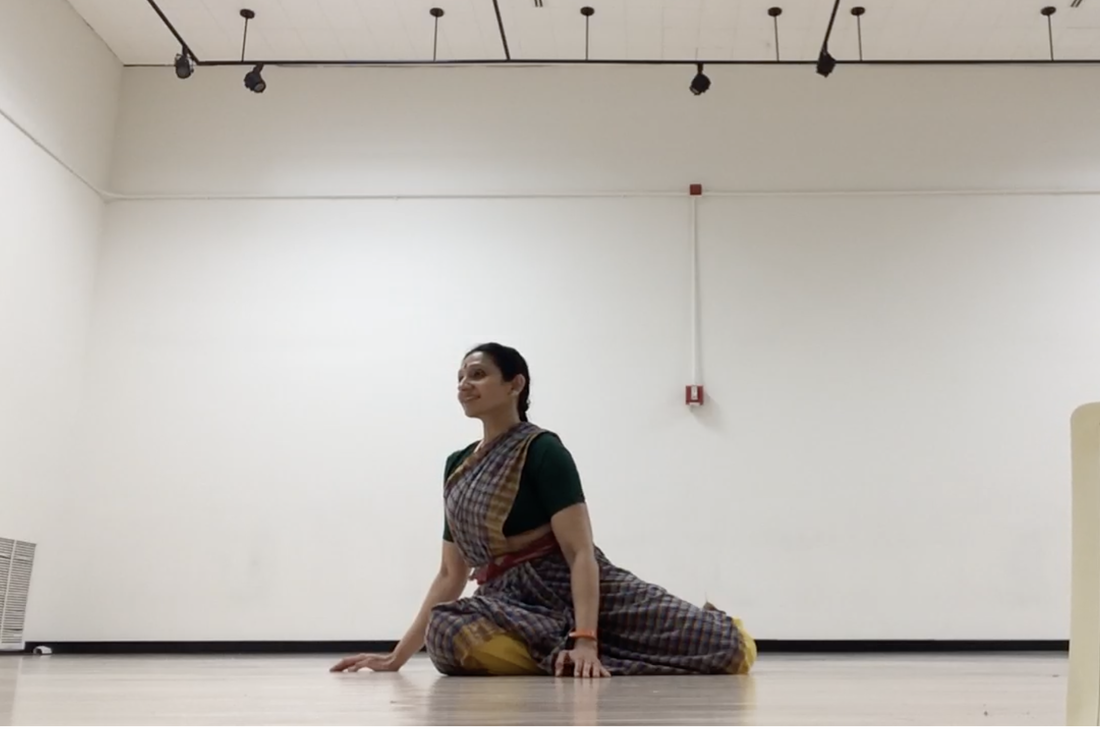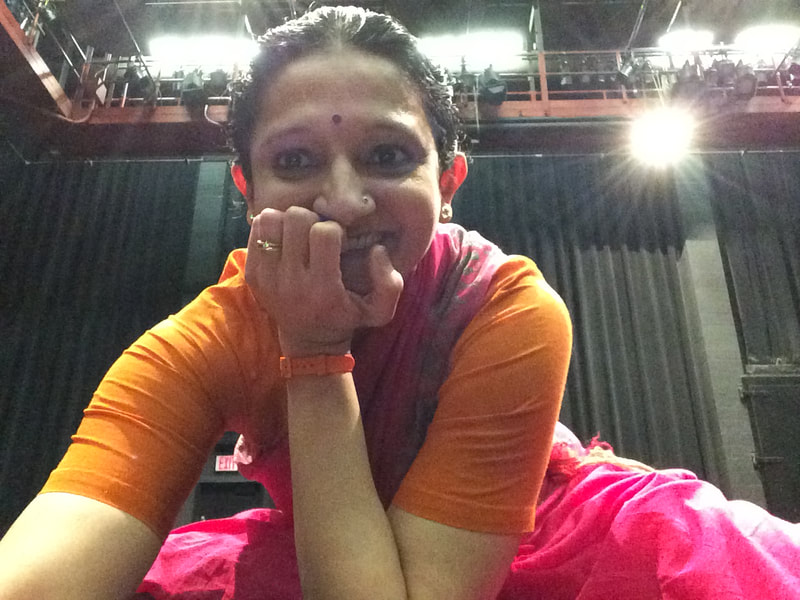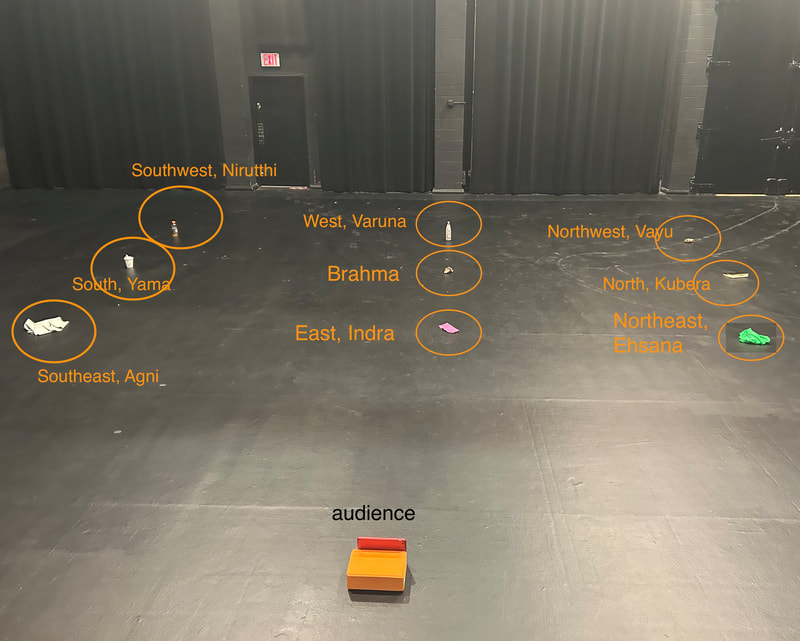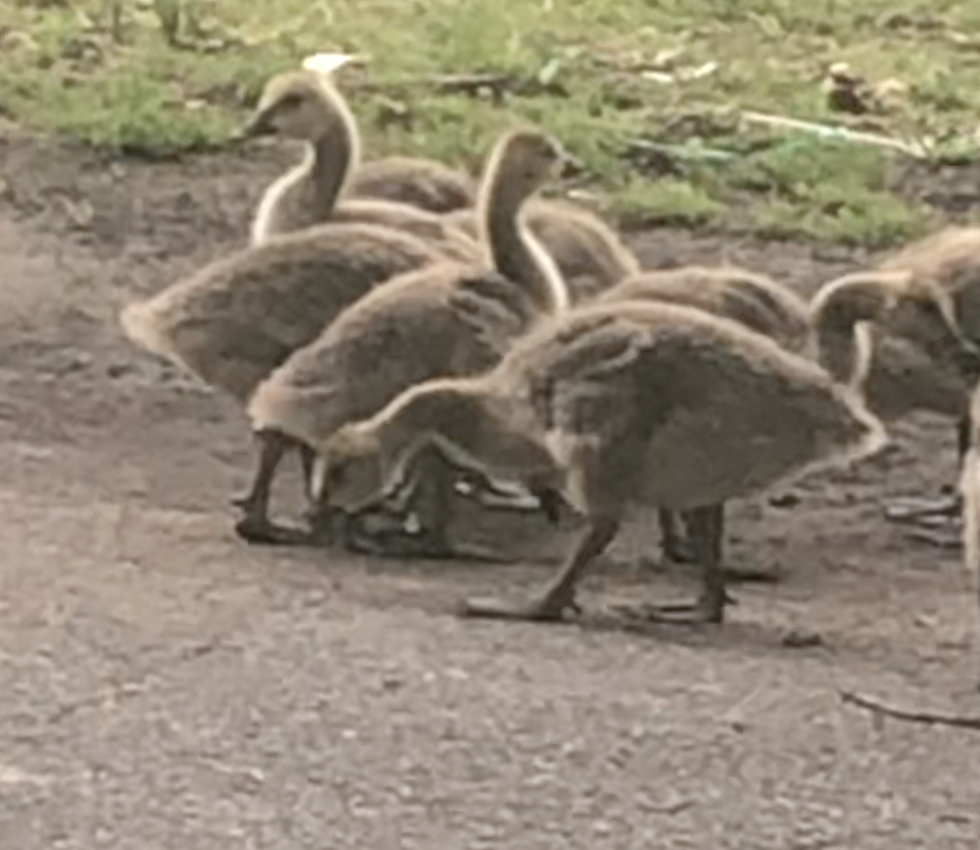Saṃbhūya Understanding the Brain through Dance: A Bharatanatyam RecitalBeautiful programs for Saṃbhūya: Understanding the Brain through Dance: A Bharatanatyam Recital have been made by Jessica Lino at The City College Center for the Arts. These programs can be found here as well as in the document below:
0 Comments
Happening this week on April 19th!On April 19th, I am so excited to bring "Saṃbhūya: Understanding the Brain through Dance." Saṃbhūya" is a Sanskrit word that means “through joint effort”. Through this project, I will articulate how the sciences and the arts are complementary ways of appreciating the world around us! This project is supported by a 2023-24 CUNY Dance Initiative grant. The event appeared in the April 2024 Dance Calendar of Amstredam News and Harlem One Stop. Choreography: Smt. Vanitha Jayan Guidance and inspiration: Smt. Vanitha Jayan and Smt. Maheshwari Nagarajan, Nritya Kala Kendra, Ahmedabad Eternal thanks to the musicians that have helped for the songs: Music
A study of Bharatanatyam is a way to understand how the brain processes and percieves emotions,4/7/2024 A study of Bharatanatyam is a way to understand how the brain processes and perceives emotionsThe nine emotions (“Navarasa”) described in Bharatanatyam are love, laughter, sorrow, anger, courage, fear, disgust, surprise, and peace. The scientific study of how we process emotions in our daily lives is nuanced. The video below is an excerpt from a padam where the dancer is requesting a black bee to take her message to Lord Shiva who dances in Thillai. (Space: Aaron Davis Hall, City College, Harlem, NY) This project is supported by a 2023-24 CUNY Dance Initiative grant. The event appeared in the April 2024 Dance Calendar of Amstredam News and Harlem One Stop.
Choreography: Smt. Vanitha Jayan Guidance and inspiration: Smt. Vanitha Jayan and Smt. Maheshwari Nagarajan, Nritya Kala Kendra, Ahmedabad Music
A study of Bharatanatyam is how the brain processes spatial informationAs we move about in space, the brain keeps track of information related to a specific location or geography. Come join me on April 19, 2024 as I talk about how Bharatanatyam may be a way to understand how the brain processes spatial information. In the study of Bharatanatyam is included "Navasandhi" literally "nine directions" - each "sandhi" (direction) is associated with a specific deity, raga (melody), and color. This project is supported by a 2023-24 CUNY Dance Initiative grant. Guidance and inspiration: Vanitha Jayan and Smt. Maheshwari Nagarajan, Nritya Kala Kendra, Ahmedabad
Music: Sri Jayan Nair, Nritya Kala Kendra, Ahmedabad Natuvangam: Manjari Nair Mridangam Manav Nair Flute Rajendran Nair Pushpanjali: Ragam (melody): Nattai Talam (rhythm): Adi A study of Bharatanatyam is a study of movementA study of Bharatanatyam is a study how the brain initiates, sustains, terminates, and perceives movement! A thillana, for example, is a combination of subtle movements of the eyes called saccades, to big sweeping movements that cover lateral distance! Saṃbhūya is supported by a 2023-24 CUNY Dance Initiative grant.On April 19, 2024, I a presenting Saṃbhūya: Understanding the Brain through Dance. Saṃbhūya" is a Sanskrit word that means “through joint effort”. Through this project, I will articulate how the sciences and the arts are complementary ways of appreciating the world around us! [Ragam: Behag; Talam: Aadi; Composer and Choreographer: Smt. Maheshwari Nagarajan, Nritya Kala Kendra; Vocals: Jayan Nair; Guidance and inspiration: Vanitha Jayan]. A big thanks to Manjari Krishna and Manav for beautiful music! |
About SlokaMy name is Sloka. I am a neuroscientist and Bharatanatyam dancer; you can find more about me here. Archives
June 2024
|
||||||||



